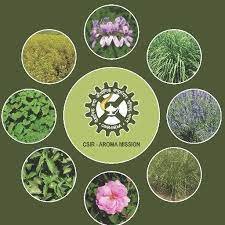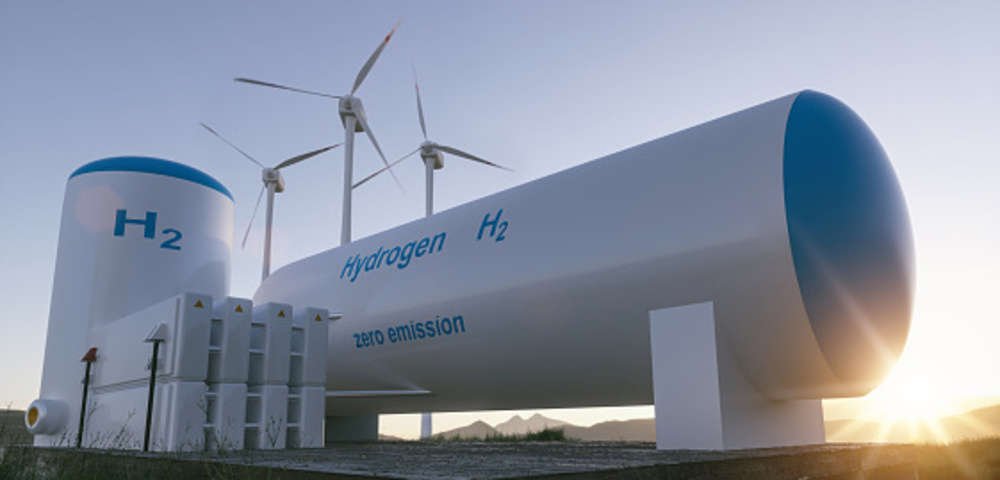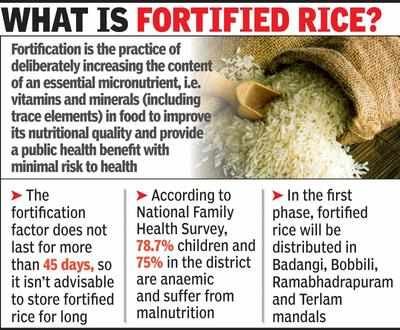Blog
August 15th and 16th Current Affairs
- August 16, 2021
- Posted by: admin
- Category: Culture Current Affairs Daily News Defense & Security Disaster Management Economy Education Environment & Ecology Ethics Geography Governance Health History International Relation Persons in News Polity Science & Technology Social Issues Sports Uncategorized UPSC Notification Videos
1. “CSIR Aroma Mission.

IN NEWS:
“CSIR Aroma Mission: Transforming Lives Through S&T” Webinar was held on the eve of the 75th Independence Day.
Jammu & Kashmir heralds the ‘Purple Revolution’ of India by taking a lead in the lavender cultivation in almost all the 20 districts of the Union Territory.
KEY POINTS:
CSIR Aroma Mission.
- The CSIR Aroma Mission is envisaged to bring transformative change in the aroma sector through desired interventions in the areas of agriculture, processing and product development for fuelling the growth of aroma industry and rural employment.
- The mission will promote the cultivation of aromatic crops for essential oils that are in great demand by aroma industry.
- It is expected to enable Indian farmers and aroma industry to become global leaders in the production and export of some other essential oils on the pattern of menthol mint.
- This is expected to provide substantial benefits to the farmers in achieving higher profits, utilization of waste lands and protection of their crops from wild and grazing animals.
- CSIR’s Aroma Mission is generating new avenues of self-livelihood and entrepreneurship and has generated rural employment of farmers, spurred entrepreneurship in aromatic oils and other aromatic products manufacturing, and lowered the import of essential and aromatic oils.
- Today, with CSIR’s Aroma Mission, important medicinal and aromatic plants are being cultivated in 6,000 hectares of land.
- The Mission has generated 10 to 12 lakh man-days of rural employment and more than 500 tonnes of essential oil worth Rs.60 crores was produced during the last two years.
SOURCE:PIB
2. PM Gati Shakti Master Plan.
IN NEWS:
- On India’s 75th Independence Day, the Prime Minister announced that the Centre will launch ‘PM Gati Shakti Master Plan’.
- He also set a target of making India energy independent by 2047 by replace petroleum with other forms of energy and announced a National Hydrogen Mission, noting the country spends Rs 12 trillion on energy imports every year.
KEY POINTS:
Gati Shakti Master Plan:
- It is a Rs. 100 lakh-crore project for developing ‘holistic infrastructure’.
- The plan is aimed at easier interconnectivity between road, rail, air and waterways to reduce travel time and improve industrial productivity.
- The push for infrastructure is in line with the government’s efforts to step up capital expenditure in infrastructure to promote economic growth.
- The project will be a source of employment opportunities for the youth in future.
- Infrastructure development has the ability to create a multiplier effect with every rupee invested, yielding much higher returns.
- It will help raise the global profile of local manufacturers and help them compete with their counterparts worldwide.
- It also raises possibilities of new future economic zones.
- It is also help to increase both manufacturing and exports.
SOURCE:PIB
3. National Hydrogen Mission Launched.

IN NEWS:
Prime Minister Narendra Modi launched National Hydrogen Mission on August 15, 2021 from Lal Quila on the occasion of celebration of 75th Independence Day. This mission was launched to push for energy security of India.
KEY POINTS:
- This mission was announced in the backdrop of India spending Rs 12 trillion annually to meet its energy needs.
- The mission seeks to make India a global hub for green hydrogen production and exports.
- India currently imports 85% of its oil and 53% of its gas demand.
- On the occasion, pm stressed that, for India to progress and become self-reliant, it becomes important to become energy independent.
- In the line, India is considering to make it mandatory for fertilizer plants and oil refineries to buy green hydrogen under its plans to cut dependence on fossil fuels.
- Green hydrogen is produced by splitting water into hydrogen and oxygen with the help of electrolyzer which is powered by electricity from renewable energy sources like wind and solar.
- Total hydrogen demand in India is 6.7 million tonnes currently. It is expected to increase to 11.7 million tonnes (mt) by 2029-30.
Important Information:
About Hydrogen
- It is a colourless, odourless gas found in Earth’s atmosphere.
- It is used for industrial uses like petroleum refining, manufacturing of chemicals, steel, & ammonia fertilisers and aerospace applications.
- Hydrogen is extracted through two methods for Industrial purposes, namely, gasification of coal or through steam methane reformation (SMR).
- In SMR, methane from natural gas is heated with steam to produce carbon monoxide and hydrogen, which is used as fuel.
- However, these methods aren’t carbon-friendly and cause vast emissions of greenhouse gasses.
- Hydrogen produced from this method is called as brown hydrogen. While the Green hydrogen is extracted without releasing any emissions at all.
SOURCE:IE
4. Fortification of rice.

IN NEWS:
Emphasising that malnutrition is a “hurdle” in the development of women and children, Prime Minister Narendra Modi announced fortification of rice distributed under various government schemes including Public Distribution System (PDS) and Mid-Day-Meal scheme by 2024.
KEY POINTS:
- The Food Safety and Standards Authority of India (FSSAI) defines the fortification as “deliberately increasing the content of essential micronutrients in a food so as to improve the nutritional quality of food and to provide public health benefit with minimal risk to health.”
- According to the FSSAI norms, 1 kg fortified rice shall contain iron (28mg-42.5mg), folic acid (75-125 microgram) and Vitamin B-12 (0.75-1.25 microgram).
- In addition, rice may also be fortified with micronutrients, singly or in combination, at the level– zinc(10mg-15mg), Vitamin A (500-750 microgram RE), Vitamin B1 (1mg-1.5mg), Vitamin B2 (1.25mg-1.75mg), Vitamin B3 (12.5mg-20mg) and Vitamin B6 (1.5mg-2.5mg) per Kg.
Important Information :
- The Ministry of Consumer Affairs, Food and Public Distribution had launched a centrally sponsored pilot scheme on “Fortification of Rice and its Distribution under Public Distribution System (PDS)” for a period of three years beginning 2019-20 with a total budget outlay of Rs.174.64 crore. The pilot scheme focuses on 15 districts in 15 states.
- Under the scheme, the blending of rice is done at the milling stage. According to the Ministry, Maharashtra and Gujarat have started distribution of fortified rice under PDS in the Pilot Scheme from February, 2020.
- The Scheme is funded by the Government of India in the ratio of 90:10 in respect of North Eastern, hilly and island states and 75:25 in respect of the rest.
5. IBSA Forum.

IN NEWS:
- India organized the IBSA (India, Brazil and South Africa) Tourism Ministers’ virtual meeting.
- India is the current IBSA Chair.
KEY POINTS:
- The IBSA is a trilateral, developmental initiative between India, Brazil and South Africa to promote South-South cooperation and exchange.
- The idea of South-South Cooperation (SSC) is not new. Its genesis can be traced back to the decades of efforts by countries and groupings working together to ensure South-South solidarity such as Bandung conference 1955, Non-Aligned Movement 1961, G77 grouping, UNCTAD, the Buenos Aires Plan of Action 1978, and the 2009 Nairobi declaration.
Formation:
The grouping was formalized and named the IBSA Dialogue Forum when the Foreign Ministers of the three countries met in Brasilia (Brazil) on 6th June 2003 and issued the Brasilia Declaration.
Headquarters:
IBSA does not have a headquarters or a permanent executive secretariat.
At the highest level, it counts on the Summits of Heads of State and Government.
So far Five IBSA Leadership Summits have been held. The 5th IBSA Summit was held in Pretoria (South Africa) in 2011. The 6th IBSA Summit is to be hosted by India.
Joint Naval Exercise:
IBSAMAR (IBSA Maritime Exercise) is an important part of IBSA trilateral defence cooperation.
Six editions of IBSAMAR have been held so far, the latest one being off the coast of South Africa in October, 2018.
SOURCE:IE
